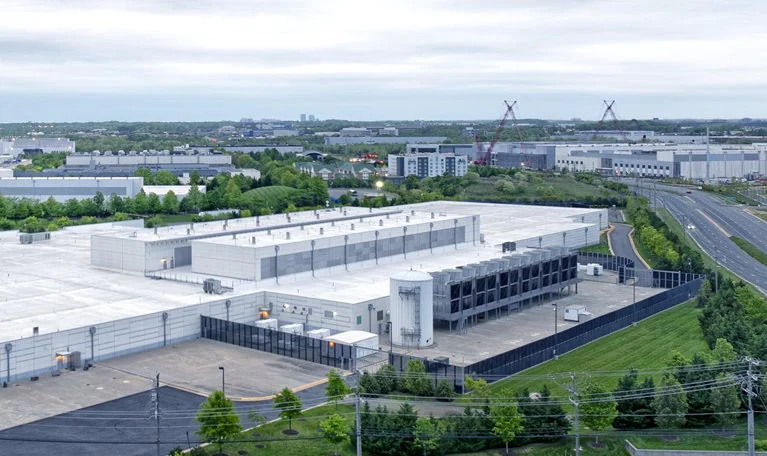
Location, Location, Location: Why Strategic Real Estate is Key for Modern Data Centres
- Data Centre
-
May 21
- Share post

In the world of data centres, choosing the right location goes beyond real estate. It’s about connectivity, energy efficiency, and proximity to key markets. With rising demand for low-latency connections, renewable energy access, and compliance with local regulations, data centres are now seeking strategic locations that optimise performance while reducing environmental impact.
This post dives into the critical factors driving data centre demand in specific locations and why strategic real estate is reshaping the industry landscape.
Key Factors Shaping Data Centre Location Demand
1. Proximity to Urban Hubs for Low Latency and Market Access
Being close to major metropolitan areas allows data centres to deliver lower-latency connections, which is essential for time-sensitive applications such as financial trading, real-time analytics, and streaming services. Urban proximity also places data centres near high-demand business markets, making it easier for companies to connect to their primary customer base or regional offices.
By positioning facilities close to urban hubs, data centres can offer faster response times, enhancing user experience and creating a competitive edge for clients that rely on real-time data.
2. Access to Renewable Energy for Sustainable Operations
Sustainability is a major focus for data centres, and access to renewable energy sources—such as wind, solar, and hydroelectric power—is a top priority. Facilities located near abundant renewable resources can directly tap into green energy, reducing their reliance on fossil fuels and lowering carbon footprints. This is especially valuable for data centres with clients committed to corporate sustainability goals or facing environmental regulations.
Selecting locations with renewable energy access not only supports sustainability but can also lead to cost savings by reducing dependence on volatile energy markets and minimising long-term operational expenses.
3. Network Interconnectivity for Enhanced Connectivity Options
Network interconnectivity is a fundamental factor in data centre location selection, as it influences the range of connectivity options available to clients. Facilities located near major internet exchanges or network hubs enable direct connections to multiple carriers, cloud providers, and internet service providers (ISPs). This carrier-neutral interconnectivity allows data centres to offer clients enhanced flexibility and resiliency in their network configurations, while also reducing latency.
For companies with hybrid or multi-cloud environments, network interconnectivity near these locations provides seamless access to cloud providers, helping them manage their IT operations more efficiently and reliably.
4. Geopolitical Stability and Compliance with Local Regulations
Regulatory compliance and geopolitical stability are also crucial in data centre site selection. Facilities located in regions with stable governments and clear data protection laws provide assurance that data will remain accessible and secure. Some industries, such as finance and healthcare, have strict data residency requirements, making it essential for data centres to be situated in compliant locations.
By carefully selecting sites based on regulatory alignment and stability, data centres can better support clients in highly regulated sectors, offering a secure environment that meets industry-specific legal standards.
5. Climate and Environmental Risk Mitigation
Strategic data centre locations must also account for climate and environmental risks. Data centres are particularly vulnerable to natural disasters, such as floods, earthquakes, and hurricanes. Site selection often includes risk assessments to identify locations with lower exposure to these hazards, ensuring the facility can operate continuously and reliably.
For data centres, choosing low-risk locations means greater resilience, protecting critical infrastructure and client data even under adverse conditions.
The Future of Data Centre Real Estate
Demand for strategically located data centres will continue to grow, driven by the need for low latency, sustainability, connectivity, and regulatory compliance. As businesses seek faster, greener, and more reliable data services, data centres must leverage real estate as a competitive advantage. By selecting prime locations, data centres can better support the performance, sustainability, and security requirements of modern businesses.
Strategic data centre location is about more than just geography; it’s about creating a resilient, future-ready infrastructure that meets the demands of an increasingly connected world.